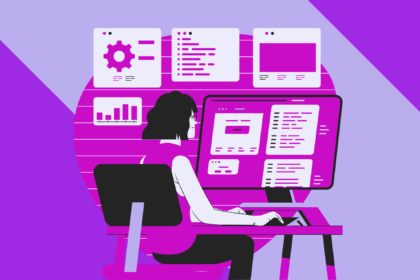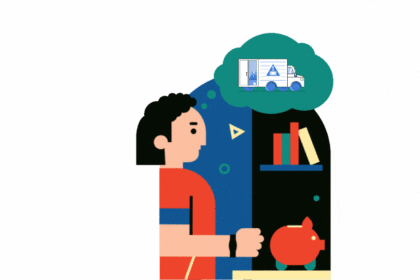Logistics is the process of planning, implementing, and controlling the efficient, cost effective flow of raw materials, in-process inventory, finished goods and related information from the point of origin to the point of consumption for the purpose of conforming to customer requirements. Reverse logistics includes all these activities but in the reverse order. Accordingly, reverse logistics is defined as the process of planning, implementing, and controlling the efficient, cost effective flow of raw materials, in-process inventory, finished goods and related information from the point of consumption to the point of origin for the purpose of recapturing value or proper disposal. It is the process of moving goods from their final destination to capture value, or proper disposal.

Reverse logistics also includes reusing containers and recycling packaging materials. Redesigning packaging with less packaging material, reducing the energy and pollution from all the transportation are important activities. Other activities include processing returned merchandise due to damage, seasonal inventory, restock, salvage, recalls, excess inventory; recycling programs, hazardous material programs, obsolete equipment disposition, and asset recovery. This also helps getting your business on the eco-friendly track.
Retail Industry
Many a retail company uses return policies as a competitive weapon. It is seen as a necessity in the retail industry. Grocery retailers were the first to focus on reverse logistics. They have slim profit margins and good return management hence becomes critical. One of the first innovations grocers came up with was the idea of reclamation centers. Reclamation centers gave rise to the establishment of centralized return centers. Centralization led to a lot of benefits.
The incidence of returns reduces the profitability of retailers marginally more than that of manufacturers. Retailers use a centralized return facility to handle returns much more frequently than manufacturers do. Manufacturers are likely to recycle or landfill returned material.
Know more here on shipping returns.
Technology
Retailers are likely to use bar codes, computerized return tracking, computerized returns entry, electronic data interchange (EDI), and radio frequency (RF) technology to enhance their reverse logistics management. These practices vary based on industry. In industries where returns are a large portion of operational cost tends to have better reverse logistics systems and processes in place.
Successful retailers come to the conclusion that managing reverse logistics effectively has a positive impact on their business.
Process Improvement
The usual suspects while trying to reinforce reverse logistics are to streamline turn-in procedures, to route items with an eye to what happens to them next, to integrate the forward and reverse pipelines, to explore the potential of commercial software applications or techniques for improving reverse flow management and to align financial incentives with improvements.
The key management elements here are gate keeping, Compacting Disposition Cycle Time, Reverse Logistics Information Systems, Central Return Centers, Zero Returns, Remanufacture and Refurbishment, Asset Recovery, Negotiation, Financial Management and Outsourcing.
Reverse Logistics in Warehousing
The need for efficient reverse logistics cannot be taken lightly. Processes for return, processing, repair and replacement of products have a huge impact on reverse logistics. The warehouse has to be equipped to handle all these processes.





